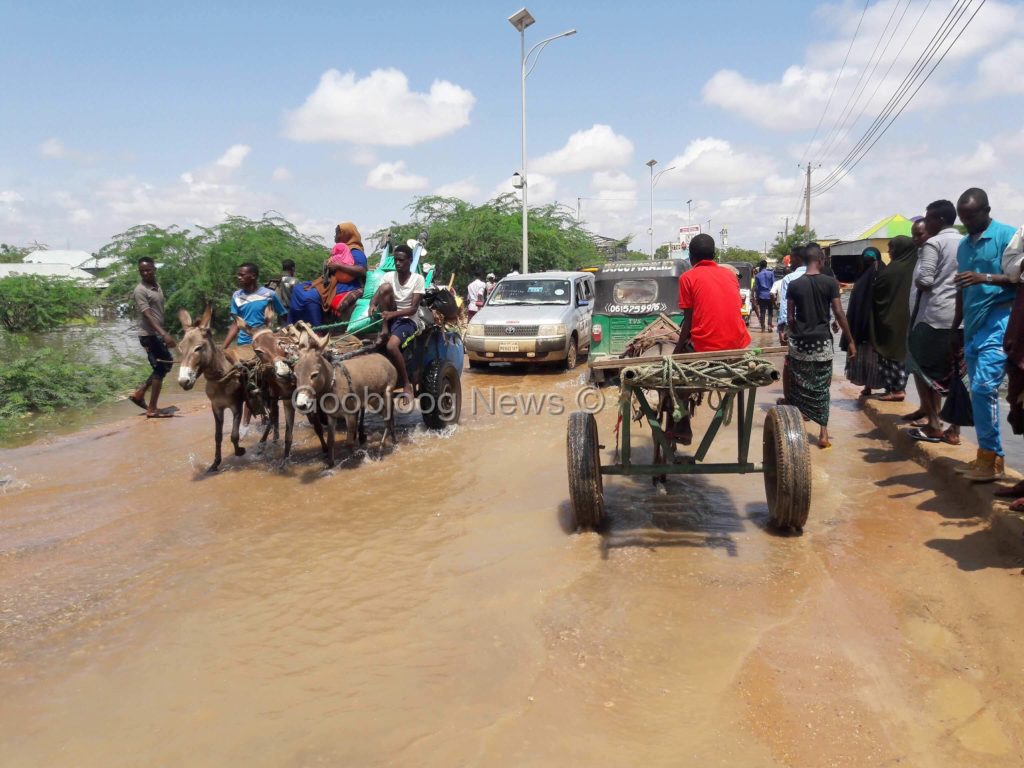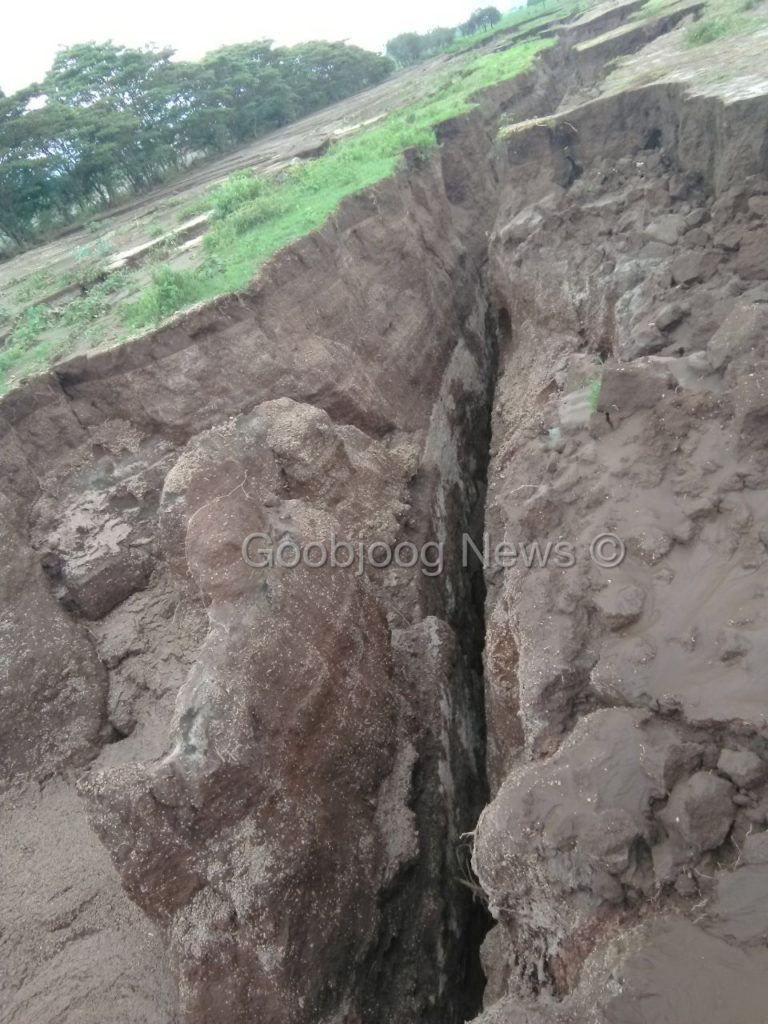ANALYSIS: Floods expose poor disaster management in the region


By Fauxile Kibet
The recent flooding across parts of the Horn of Africa region has exposed poor disaster management and vulnerability in most countries in the region.
Torrential rains over the past months have displaced thousands of people in Kenya and Somalia, worsening a humanitarian crisis that had been caused by prolonged drought.
The rains which came as a relief and were expected to ease the long droughts in Somalia and the larger Horn of Africa have heralded massive flooding which is now worsening the already fragile humanitarian situation in the region.
In Kenya, the country’s weather service has issued a warning of possible flash floods in the country’s coast including the tourist hotspots of Lamu, Kilifi and Mombasa. Flooding has also affected other parts of Kenya – where at least 24,000 people have been displaced after the Tana River burst its Banks.
Kenyan military and police have been rescuing people who were affected by floods which triggered earth moments in Suswa, southern Kenya, leaving in its wake wide fissures on one of Kenya’s major highways.
Geologists warned that the cracks could lead to countries which the Great Rift Valley cuts through splitting following tectonic plate movements. The split, scientists say could lead to the formation of a new continent dubbed Somali plate in about 50 million years’ time.

Experts say that although the Rift Valley region has been largely tectonically dormant over the years, there is a possibility of movements deep in the Earth’s crust that have caused zones of weakness extending up to the surface – which have been further aggravated by the recent heavy rains that washed away the soils filling up the cracks.
“Whereas the rift has remained tectonically inactive in the recent past, there could be movements deep within the Earth’s crust that have resulted in zones of weakness extending all the way to the surface,” geologist David Adede said while addressing journalists in Kenya’s capital Nairobi.
The Norwegian Refugee Council (NRC) says that the rains which comes as the region is recovering from devastating famine that swept the Horn of Africa and East Africa region in the last two years has affected half a million Somalis.
The rains has already driven goods and commodity prices off the roof in most parts of the region further increasing inflation and straining the economic growth. Residents in Bardhere and Saakow in Jubba region told Goobjoog News Saturday Jubba River had burst its banks flooding farmlands exposing them to acute food shortage.
According to the UN humanitarian affairs body, OCHA, refugees living in Daadab, in North Eastern Kenya are now facing increased risk of disease outbreaks including Cholera and Malaria due to the floods.
The rains that ravaged one of the world’s refugee camps swept away homes, food supplies and led to closure of schools. The situation has been so dire that even social media giant Facebook activated a safety feature asking users to indicate if they were safe from the flooding.
Poor planning
The flooding has also exposed poor planning and lack of disaster preparedness among the various countries in the region as their reaction to the alternation from harsh drought to floods has been largely reactive, instead of adopting a proactive way towards attaining a lasting solution.
In most parts of the region, road transport has been paralysed, drainage systems clogged and river banks bursting- blocking humanitarian efforts.

Both extreme climatic conditions have exacerbated hunger and poverty among citizens in the region, especially pastoralist communities who have lost their herds due to lack of water and pasture during the drought and now forced to deal with excessive effects of flooding.
In Beletweyne, central Somalia, thousands of residents estimated at 150,000 have been uprooted from their homes after Shabelle River which emanates from southern Ethiopian highlands burst its banks. Residents have been leaving the town in droves. President Mohamed Farmaajo visited the town this past week and assured of government support. The Federal Government established a 22 member committee to oversee the response matching it with $1 million.
“Our staff on the ground have seen the elderly, women, and children struggling to survive while their flimsy shelters are knee-high full of stagnant water. And worst is likely yet to come. Countless displaced communities are sheltering in flood-prone areas,” said Victor Moses, Somalia country director for Norwegian Refugee Council, in a recent press statement.
The Horn and most parts of Africa is extremely vulnerable to climate change despite the continent emitting the least amount of greenhouse gases. Drought, heat waves, floods and rising sea levels are some of the factors that weather expert’s site as causes of the continent’s humanitarian crisis.
Countries in the region must now race against time to manage this challenge by investing in sound and sustainable approaches.